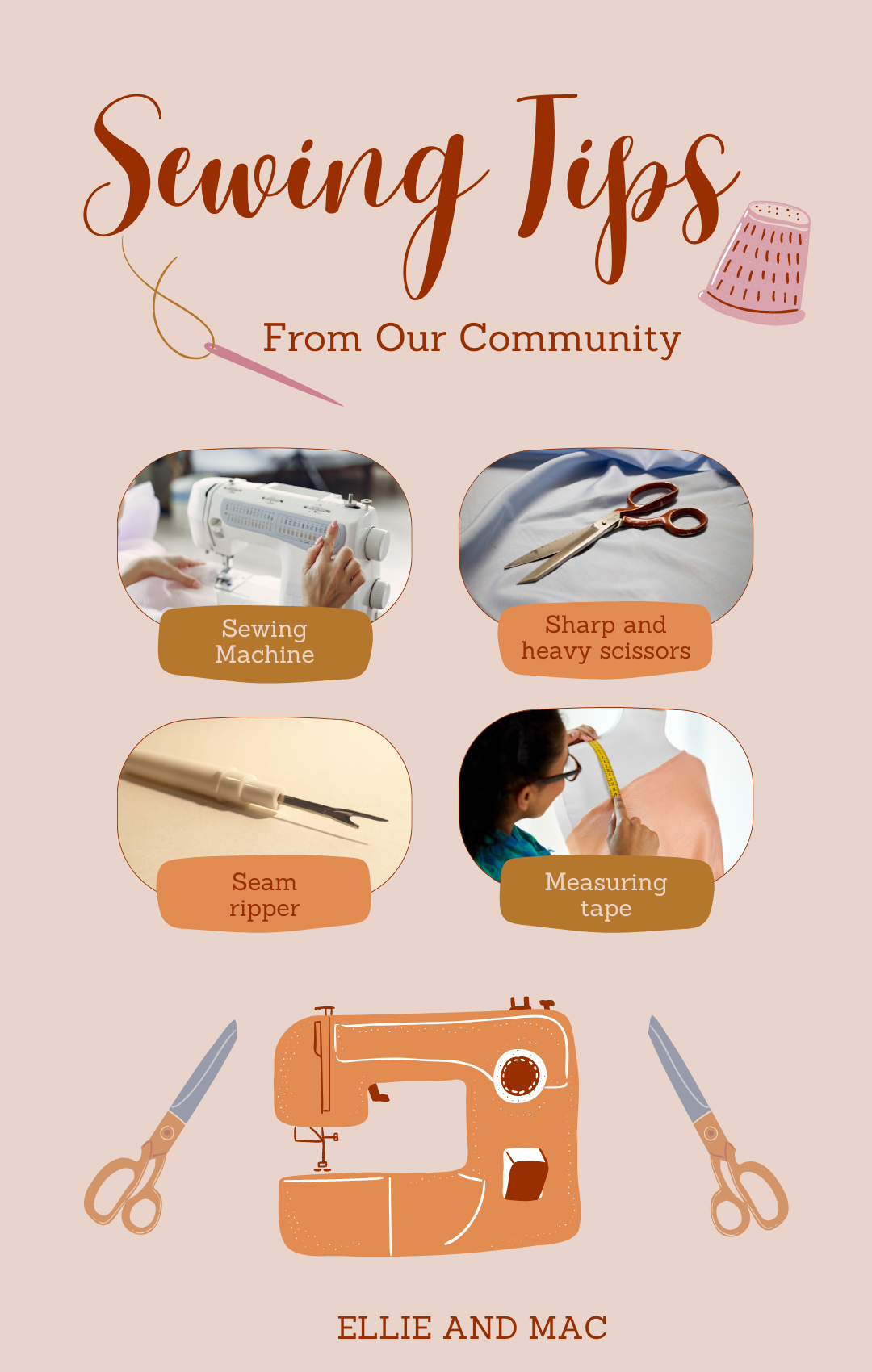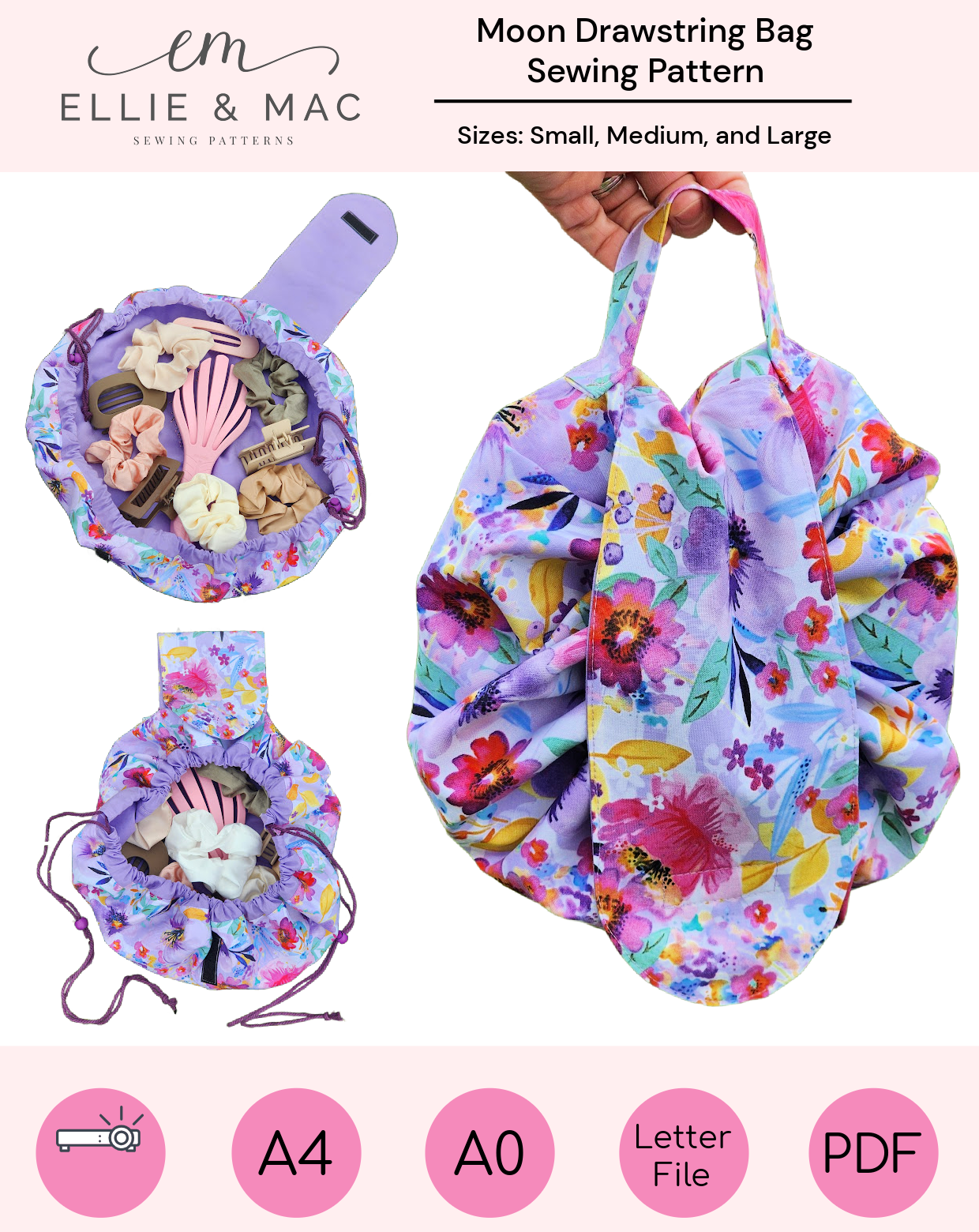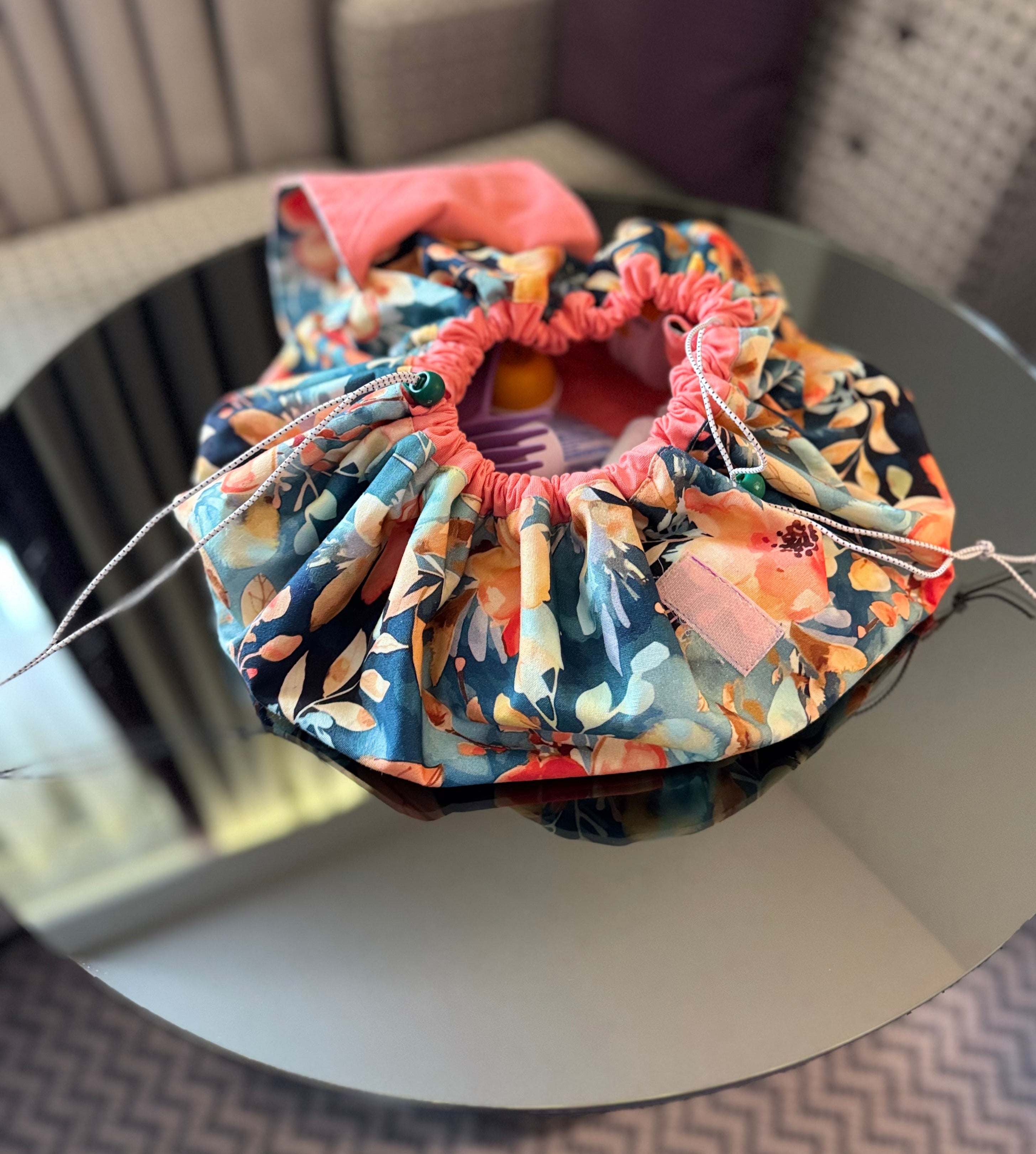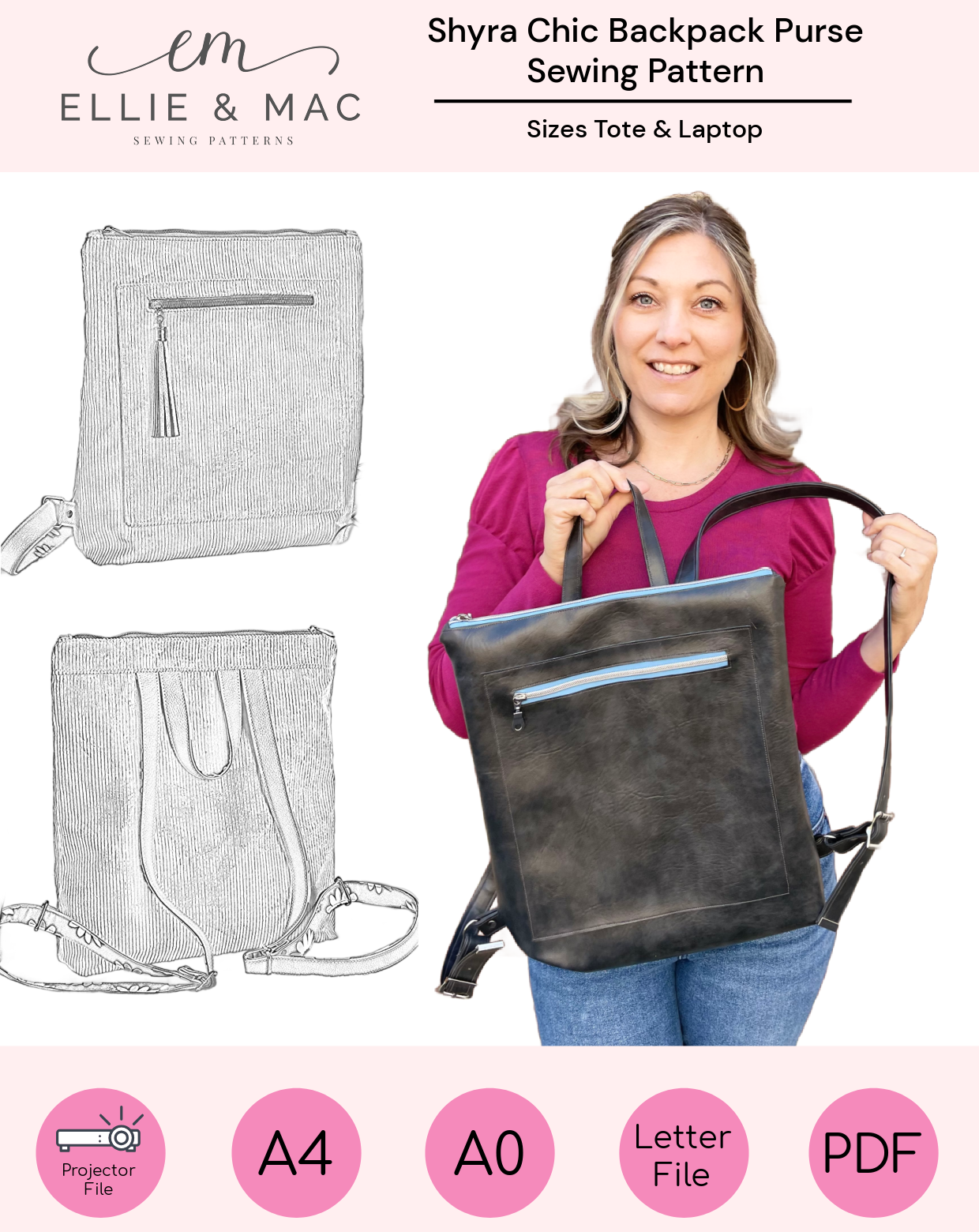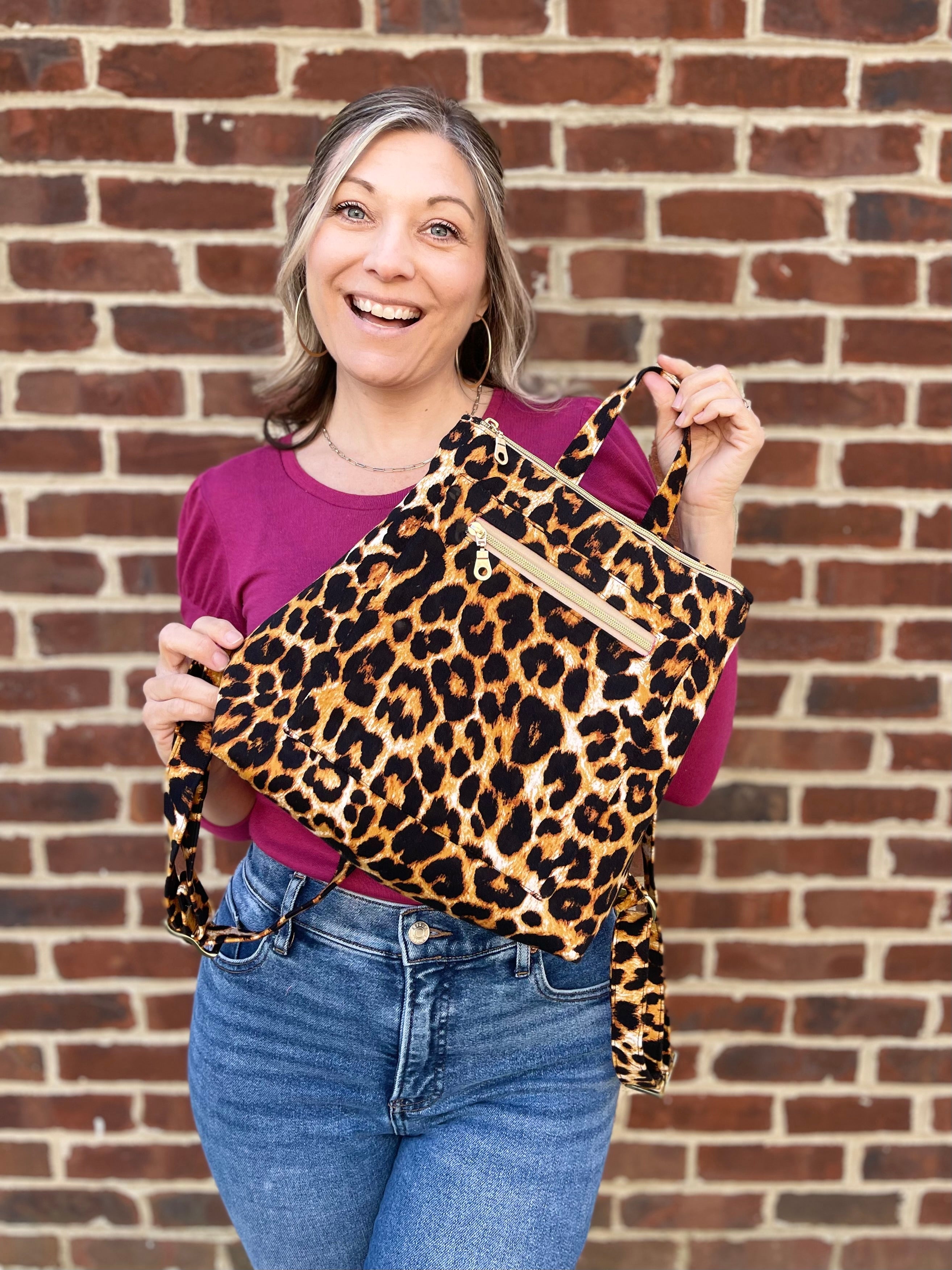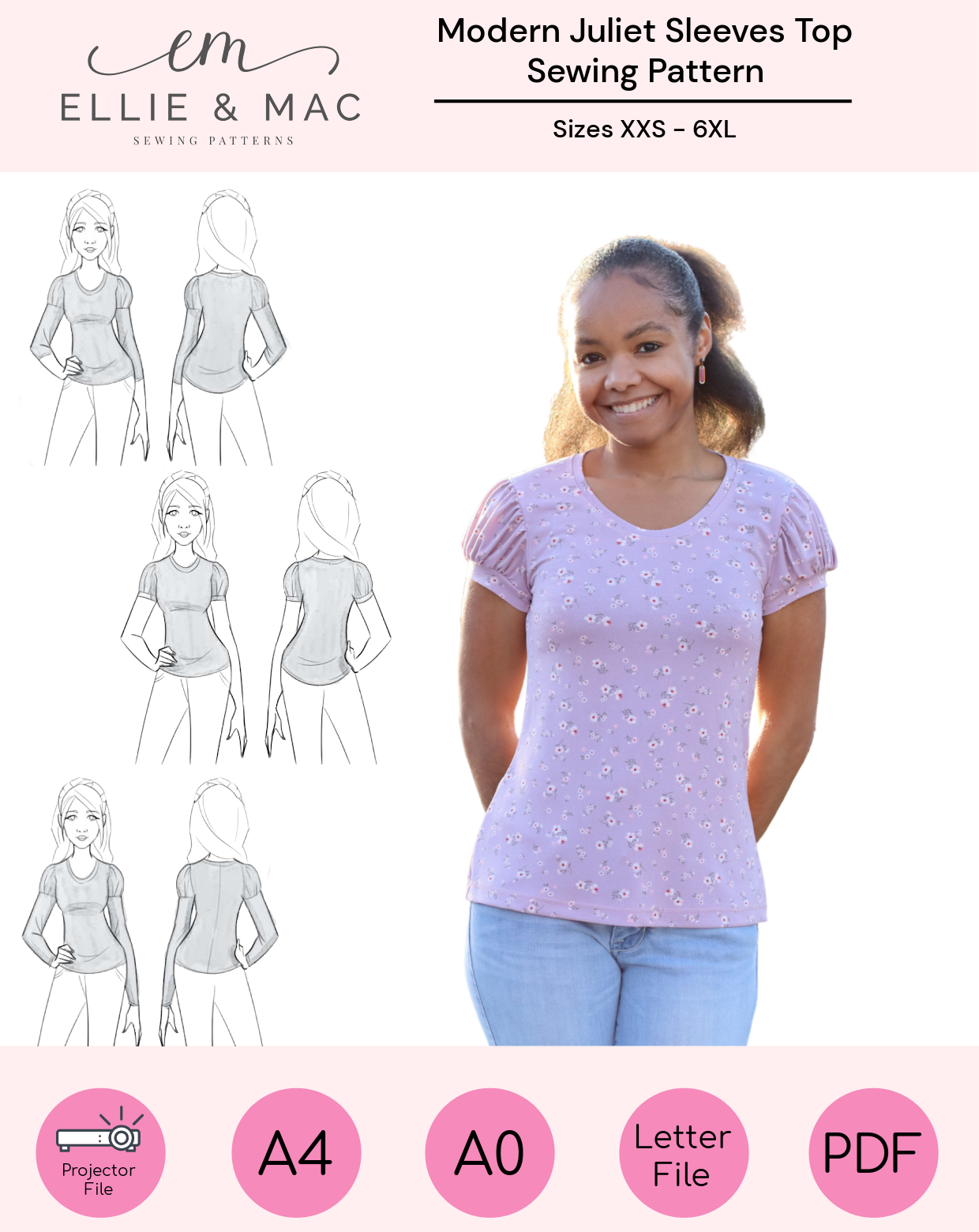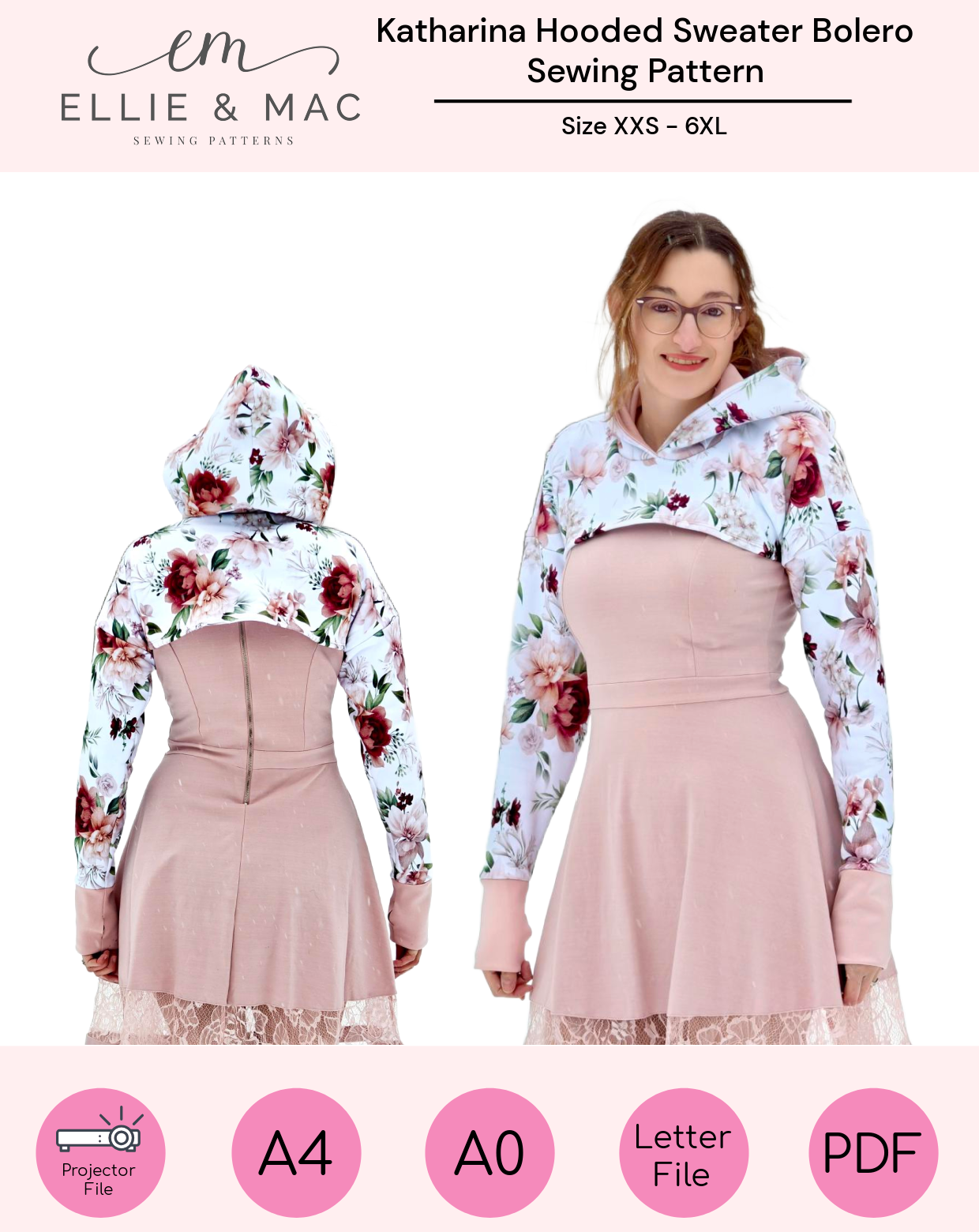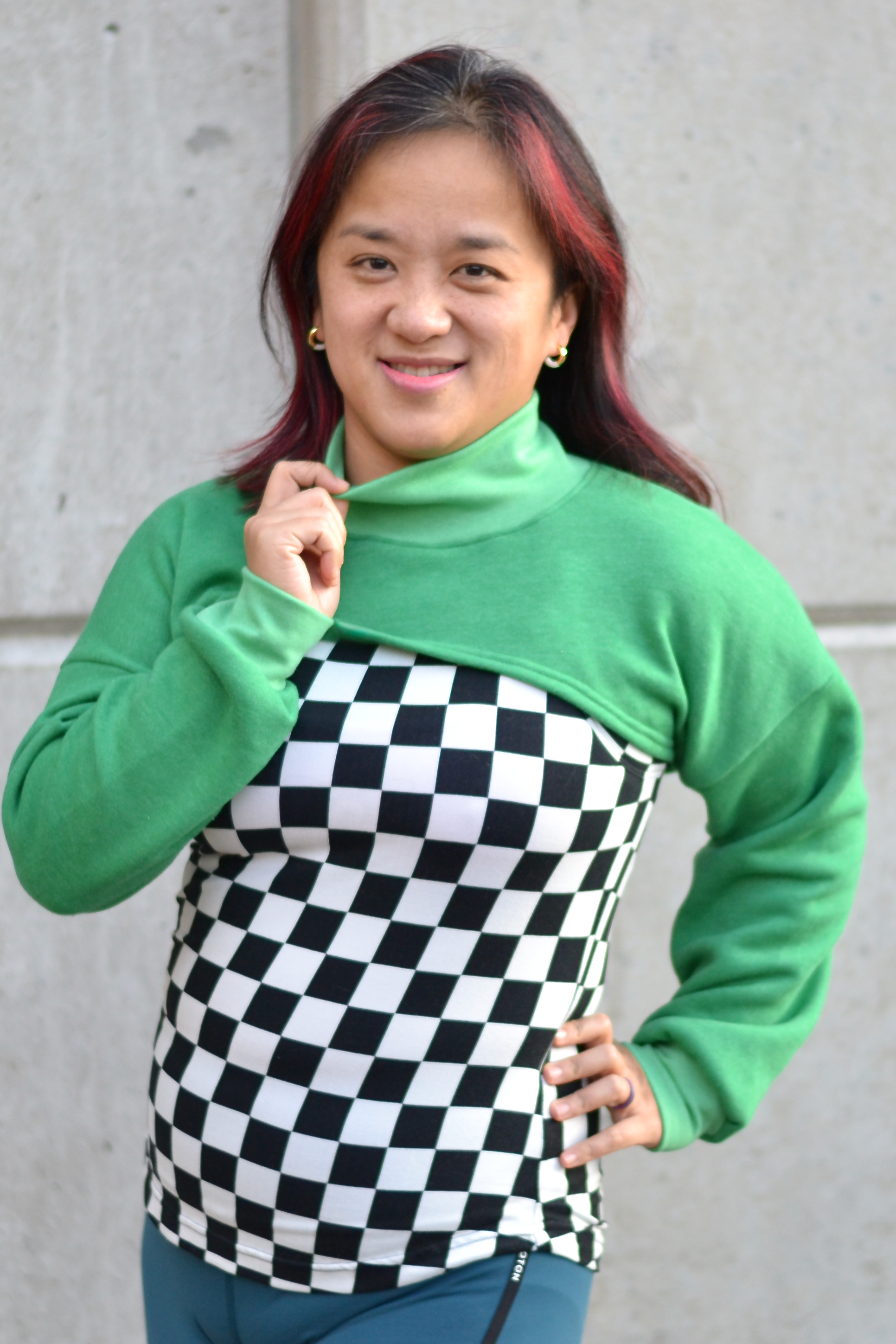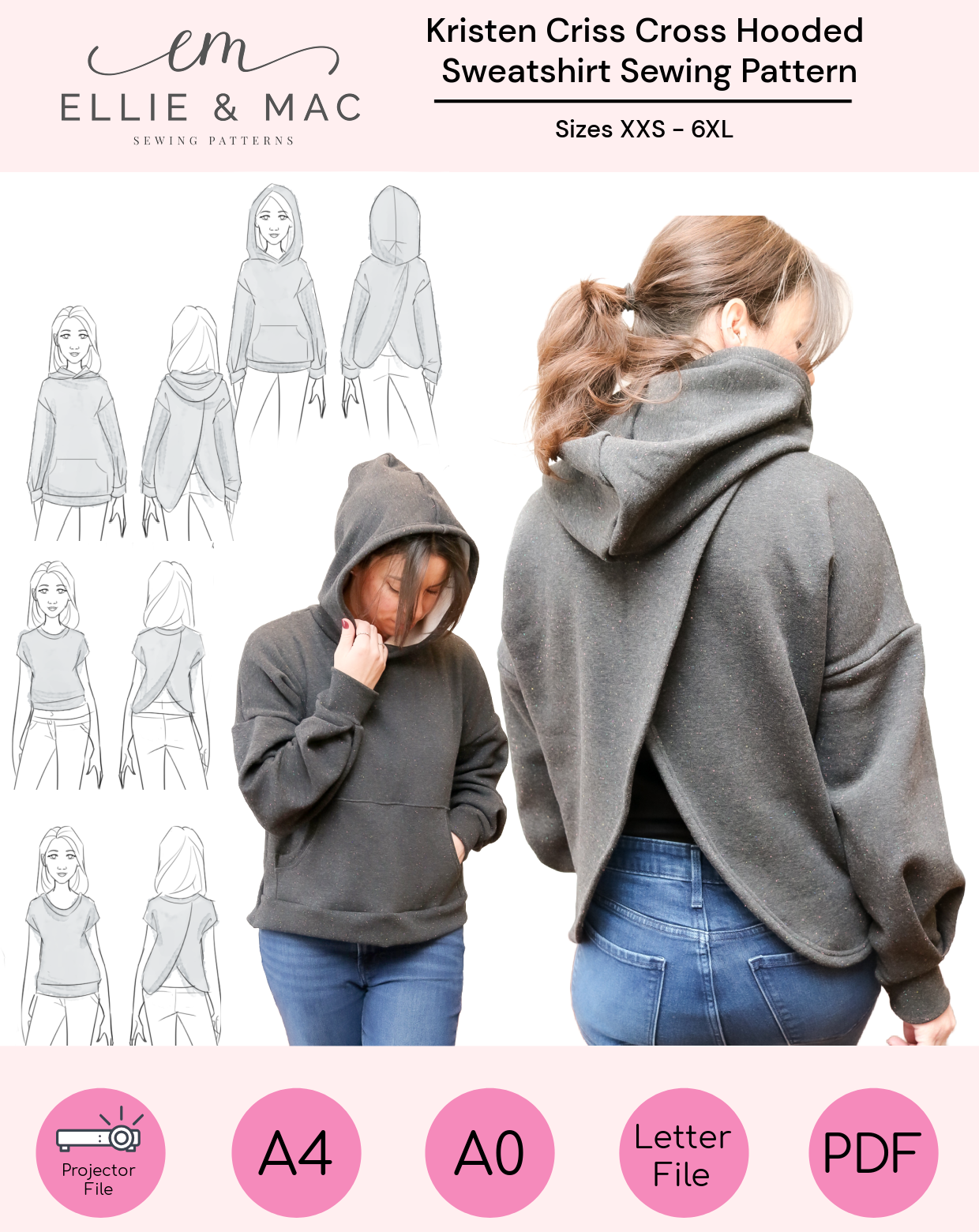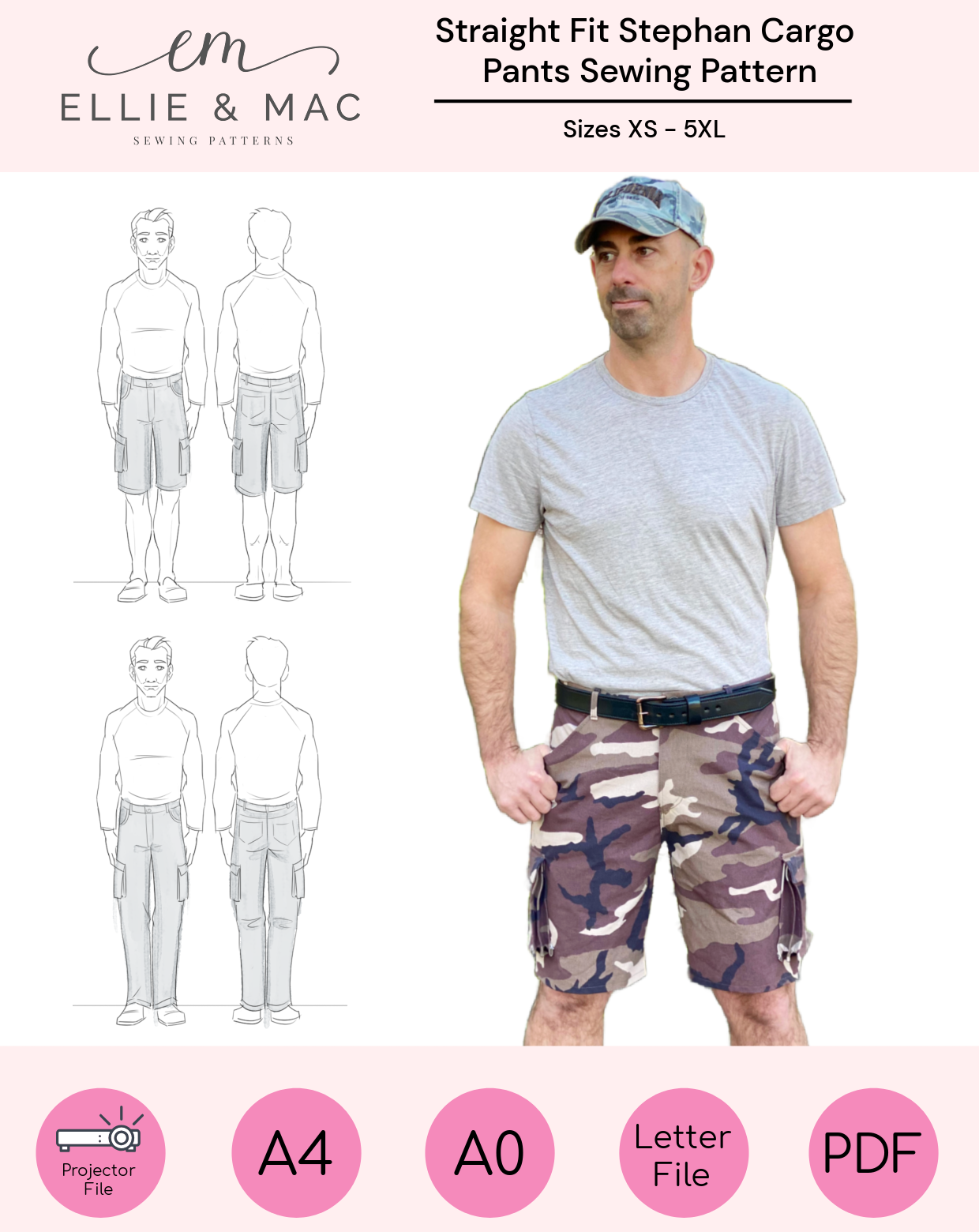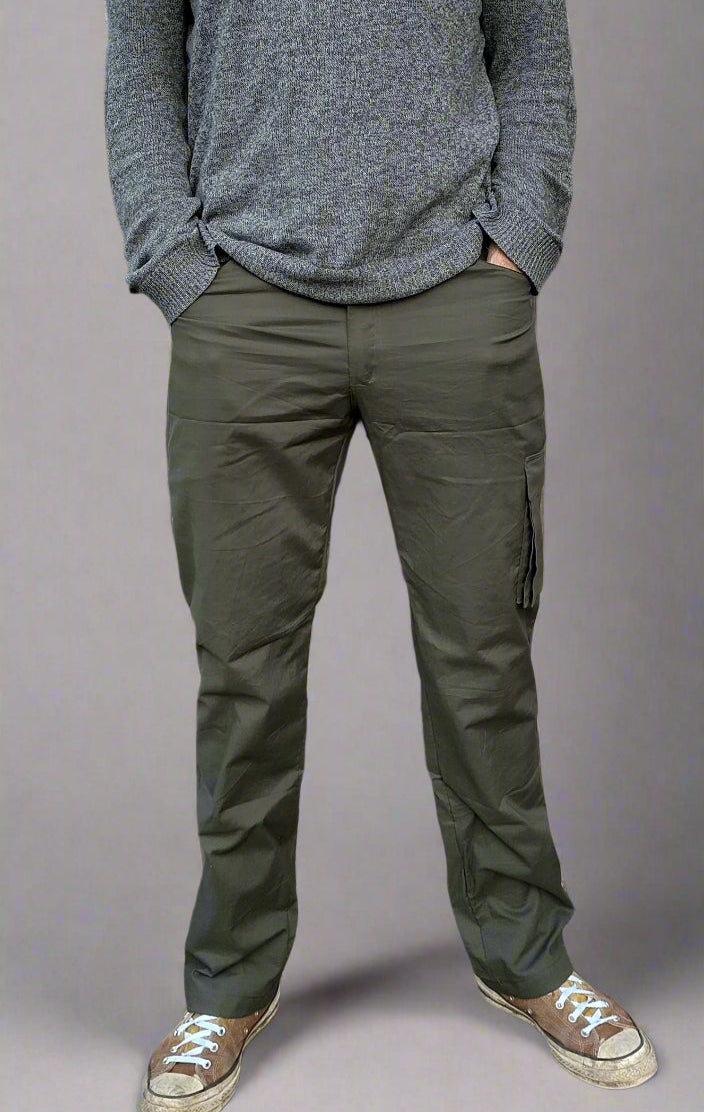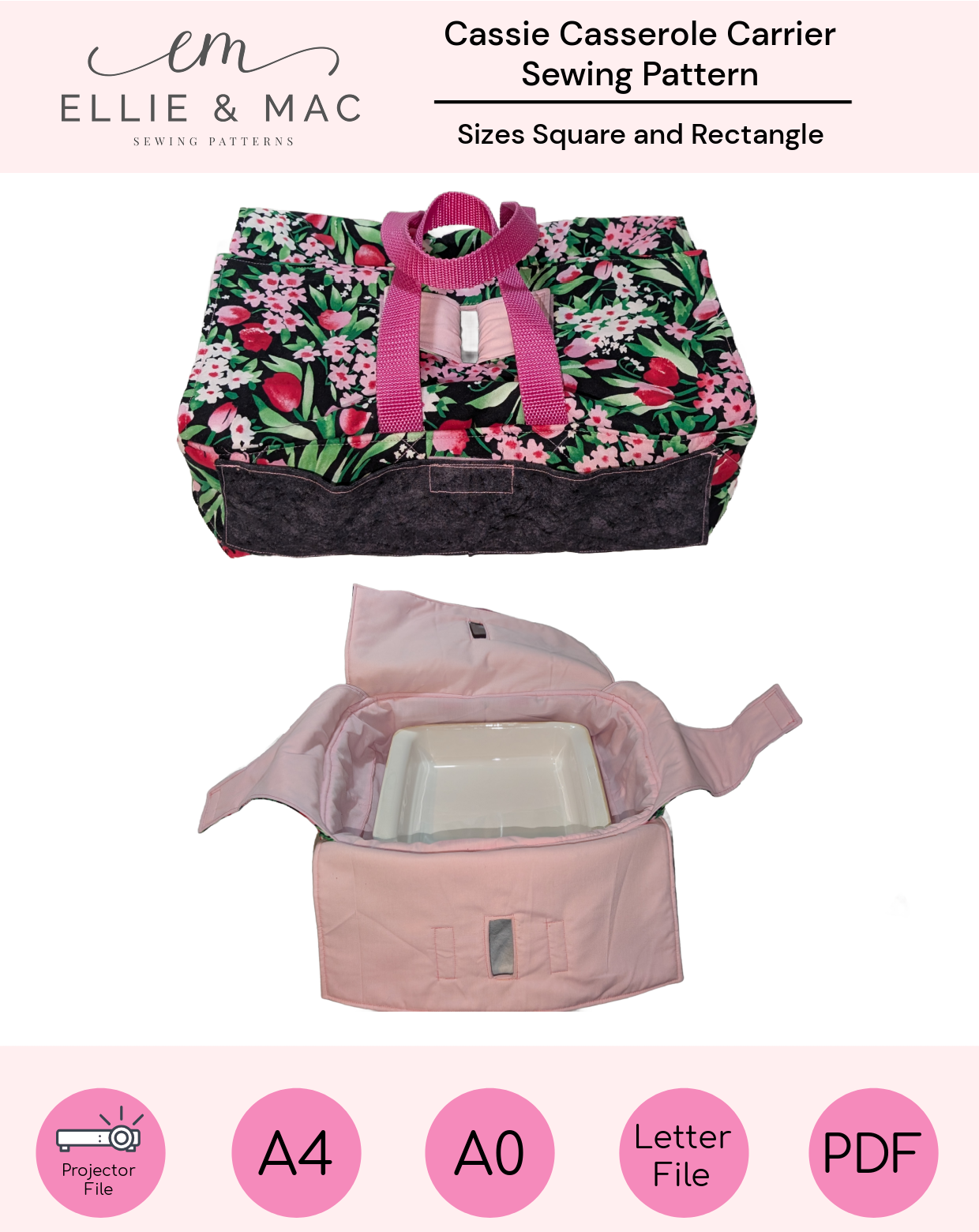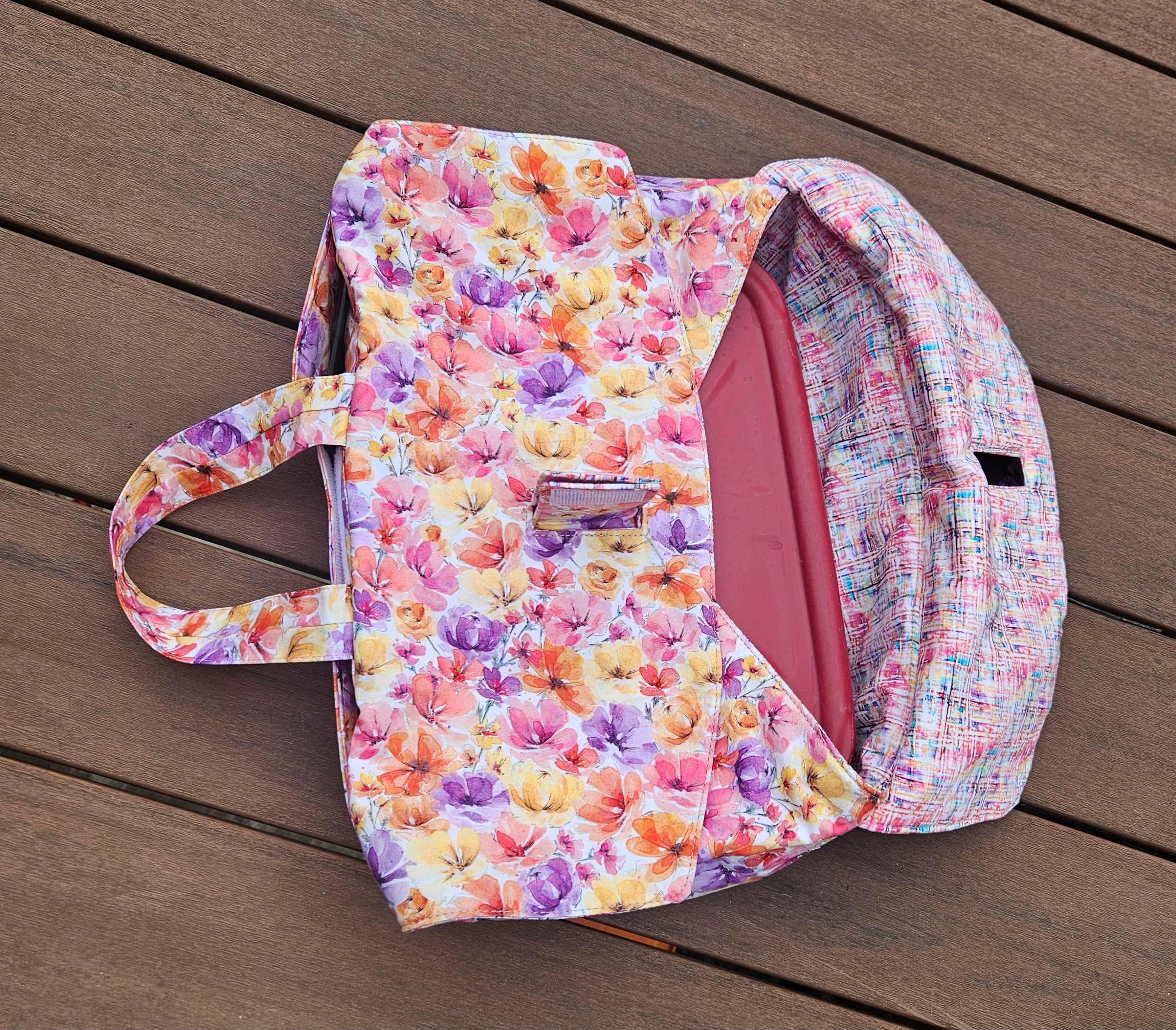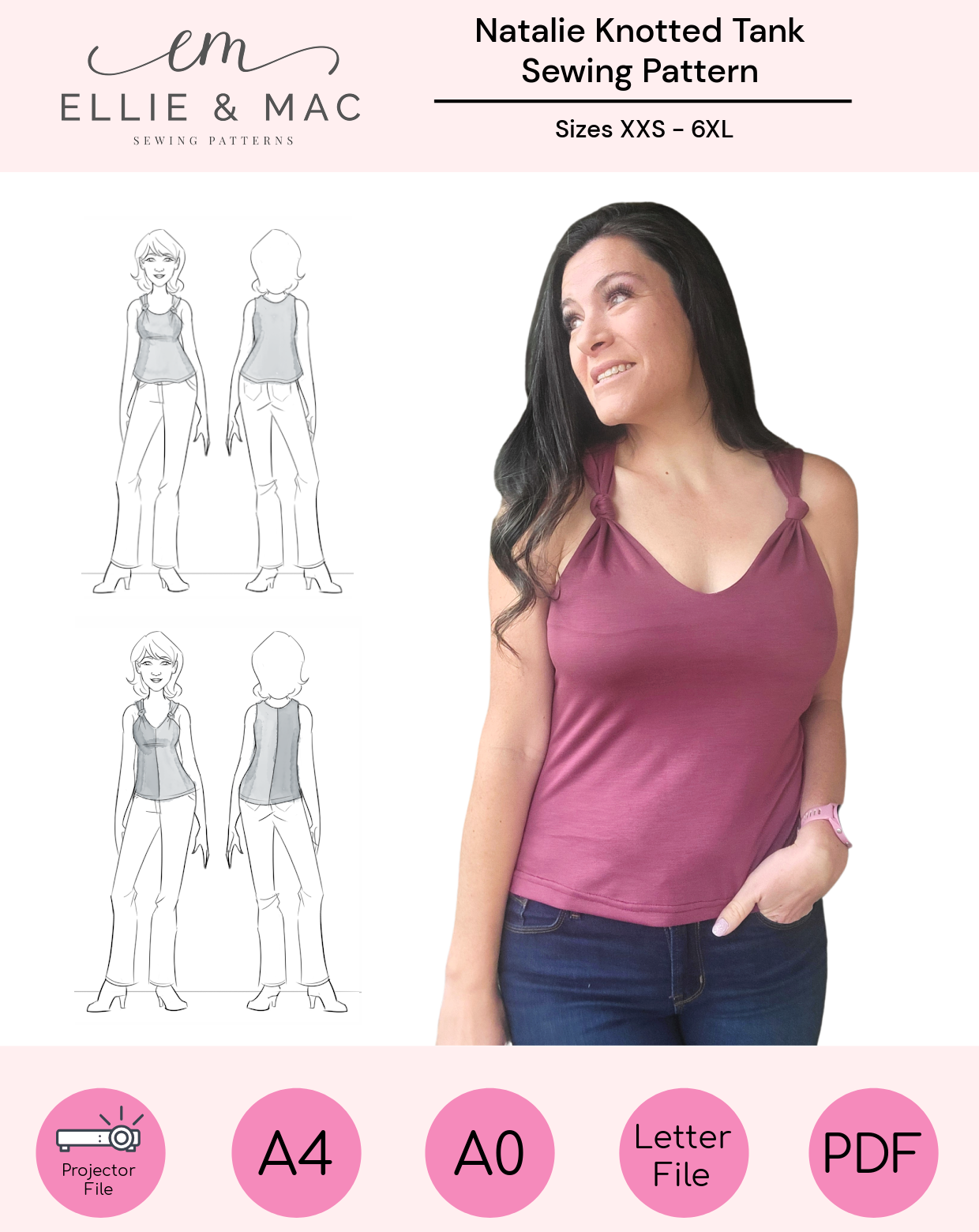
Being a sewist means you never stop learning! Read through these tips and tricks to give you ideas to make your sewing projects turn out even better.
Without further ado, here are some amazing sewing tips from our lovely sewing community. Enjoy!
Sewing Journal Ideas

"Keep a sewing journal of your makes with the names of the pattern, a swatch of the fabric used and any notes on pattern tweaks you made. Not only does this serve as a reminder of instructions etc, it’s also a reminder of all the great things you made when you have temporarily lost your ‘sewing mojo’ and need inspiration!"
I love this idea! When we posted this on our social media, a few people said that they keep a digital sewing journal through Trello or Google Documents with pictures of the pattern, make, and fabric plus any notes about size and fit alterations.
Whether you decide on a physical or digital sewing log, it will be so helpful to look back on later!
Sewing Needle Reminder

"Write the needle type/size on a mini post it note and stick it on your machine so you always know what's in it next time."
Raise your hand if you've ever forgotten what needle is currently in your machine the next time you start sewing! I know I have. This is a fantastic solution to that problem.
You could also write the date of when you inserted the new needle or even tally marks for each hour of use on the needle to your paper.
Sewing Tip for Busy Sewists

"I like to print , tape, and cut my pattern out one day, my fabric out a different day, and then do the actual sewing a different day. I store my fabric in gallon sized Ziploc bags so I don't lose the pieces. This saves me from feeling burn out and not enjoying myself as each task on its own can be rewarding! You can also batch cut things out. I know MY favorite part of sewing is the actual sewing :)."
This is a time saving sewing tip. You can divide your sewing time into shorter segments by assembling your pattern one day, cutting fabric the next, and sewing the third day.
Keeping everything organized is key here ensure it stays fun and relaxing!
How to Stabilize Fabric

"Use some cheap cotton twill/grosgrain ribbon as a stabiliser for places where you need a thin strip like for snaps. Or in the seam of set in pockets to stop it from stretching out with use."
This is sew smart! You don't always need the expensive or hard to find sewing notions to get the result you want. Use affordable materials you might already have to stabilize areas for snaps, buttons, zippers, pockets, and more!
Stripe Matching and Hemming Tip
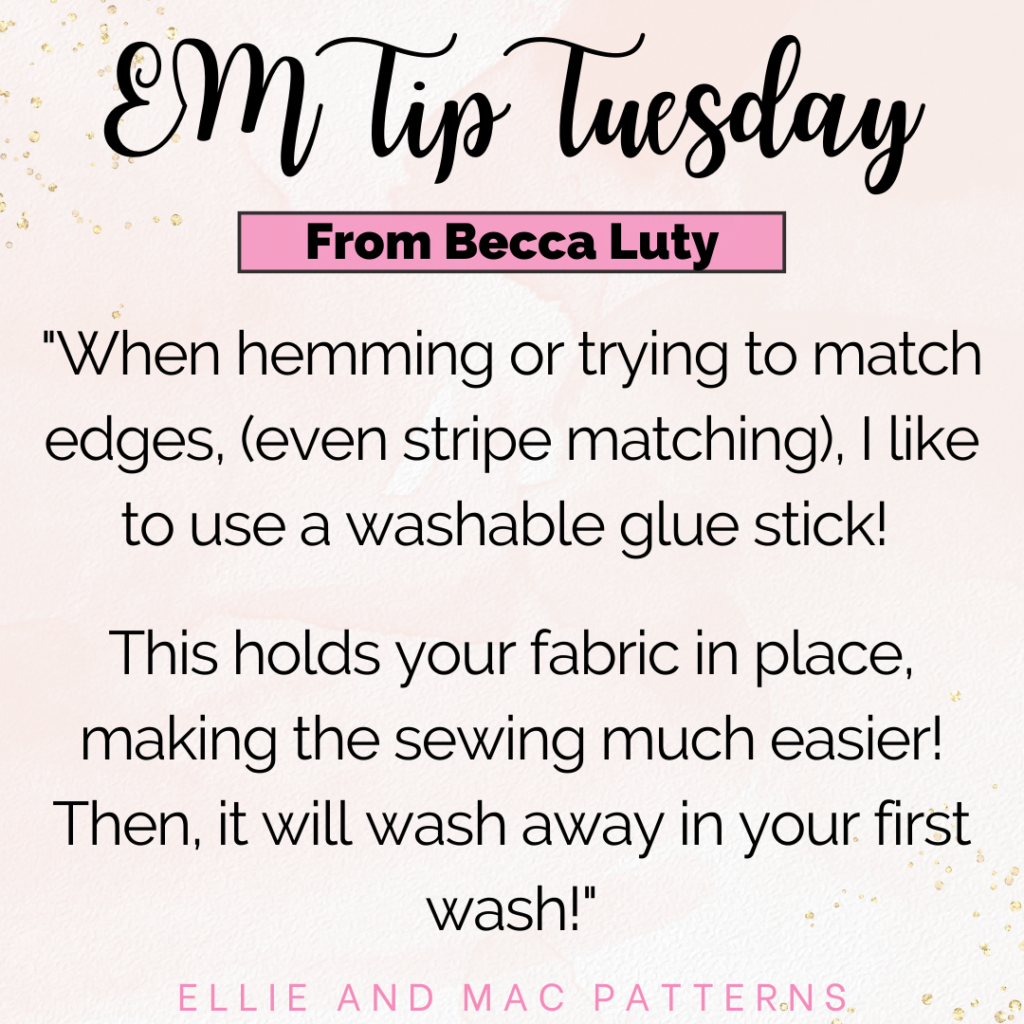
"When hemming or trying to match edges, (even stripe matching), I like to use a washable glue stick! This holds your fabric in place, making the sewing much easier! Then, it will wash away in your first wash!"
Craft glue sticks are so useful! If using it on special fabric, you might want to spot test first. But it should work with most fabrics just fine and come out in the wash.
If you're worried about it gumming up your needle, just be sure to let the glue dry on the fabric first before sewing.
Which Thread Type to Use for Which Project

"Which Thread Type?
All Purpose Polyester - Synthetic, durable, affordable. It can withstand some heat and has some stretch. Great for seams, top stitching, and quilting.
Mercerized Cotton - Soft, and great for sewing non-stretch fabric. Not very durable and will break easily if used to sew fabric with stretch.
Textured Nylon - Also known as Wooly Nylon. Very stretchy and soft. Often used in serger loopers for more stretch and coverage. Will melt with high heat if not bonded."
For most sewing projects, you can use an all purpose polyester thread that you'll find in most sewing stores.
For special projects and decorative stitching, try some different thread types like embroidery thread, mercerized cotton thread, and textured Nylon. Just be sure you understand the pros and cons to each type so you don't end up melting or breaking the thread you just sewed into a sewing project!

"Use the right needle for the job
- Highly Elastic Fabrics - Stretch
- Sweater Knits, Knits with Less Stretch - Ball Point
- Denim, Duck, Canvas, Vinyl - Denim
- Silk, Microfiber, Faux Leather - Microtex
- Medium Weight Wovens - Universal
Choosing the correct needle will prevent skipped stitches, puckering, and needle breakage."
If you've ever had skipped stitches, had the machine eat your fabric, puckering, or had your needle break, it might have been due to your needle choice.
You want to make sure you are using the correct needle for the fabric you choose. You also want to pick the right size of needle. A thicker fabric will need a thicker needle size.
Reasons to Pre-Wash Your Fabric

"Pre-washing fabric is an essential step before sewing. Why? Fabric (especially wovens) can shrink in the wash. Also, new fabric is not necessarily clean fabric. And lastly, it washes excess dye out of the fabric so that you don't stain other clothing later. Pre-wash your fabric the same way you plan to wash after your sew is complete."
The worst outcome of not pre-washing your fabric having an unwearable garment or unusable project because it shrunk too much. This of course does not apply to dry clean only type fabrics. Always read the care tag label first!
Easy Sewing Machine Fixes

"Having issues with your sewing machine? Here's some things to try:
1. Re-thread the machine
2. Open up the throat of the machine and clean in around the bobbin casing
3. Check the tension and presser foot pressure settings"
Most sewing machine problems can be fixed by trying the 3 simple fixes. If none of these work, try changing out your needle to a brand new needle and don't forget to match your needle type to the fabric type.
Where to Find More Sewing Ideas
I hope you got some sewing knowledge and inspiration for your next sewing project! All of these sewing tips came from our social media channels. You can follow us to see these tips each Tuesday for #emtiptuesday on Ellie and Mac's -

